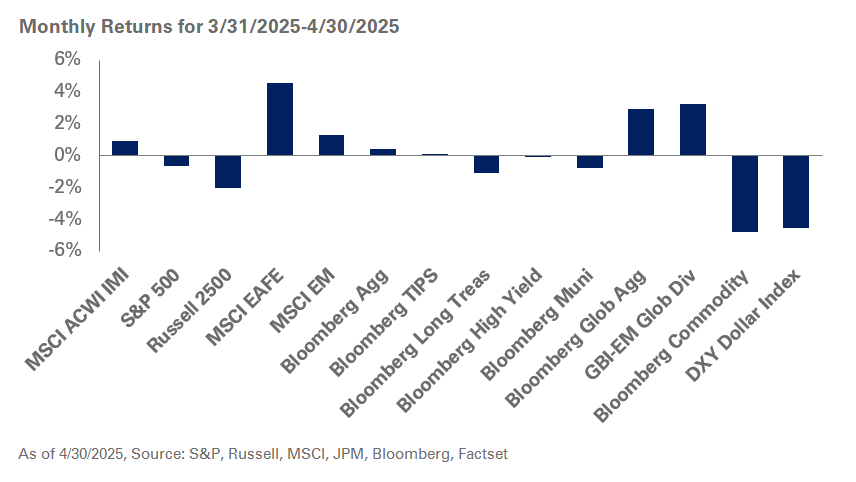In August, pension plan sponsors experienced rising liability discount rates as Treasury rates increased. Negative returns from global public equities mostly offset the gains from the prior month. As a result, funded status for corporate pension plans remained relatively flat or declined modestly. Plans likely experienced losses in funded ratios due to lower returns from risk assets. The Treasury yield curve rose across most tenors last month with the largest increases occurring at longer maturities. Total-return-focused plans likely experienced little change in funded status due to losses from global equities. NEPC’s hypothetical total-return pension plan experienced a funded status increase of 0.4% compared to a decline of 0.9% for our LDI-focused plan.
Rate Movement Commentary
The Treasury yield curve increased by around 15 basis points in August, and remained inverted from the one- to 10-year tenors. The 10-year yield increased 12 basis points to 4.09%, while the 30-year yield increased 18 basis points to 4.20%. Rates across the yield curve have now increased on a year-to-date basis; during the same period, credit spreads experienced only modest changes.
The movement in Treasury rates and credit spreads resulted in higher pension discount rates used to discount pension liabilities. The discount rates for NEPC’s hypothetical pension plans rose about 16 basis points to 5.45% for the open total return plan, while the discount rate for the frozen LDI-focused plan was up around 15 basis points to 5.39%.
Plan Sponsor Considerations
Equity losses in August offset the gains from public equities in July, and long-dated fixed income markets continued to experience losses due to higher Treasury rates. Treasury yields picked up in August with the yield curve shifting higher and hitting year-to-date highs. Modest decreases in credit spreads offset some of the rate increases, resulting in slightly higher discount rates used for valuing pension liabilities. At NEPC, we anticipate continued market volatility and the potential for market disruption. Plan sponsors should remain diligent about monitoring sources of change in funded status versus expectations, as equities and interest rates are likely to remain volatile. This includes closely monitoring hedge ratio ranges to avoid becoming overhedged to longer-maturity rates with a flatter yield curve.
Market Environment and Yield Curve Movement
In August, U.S. equities lost 1.6%, according to the S&P 500 Index. During the same period, non-U.S. equities lagged U.S. stocks with international developed markets declining 3.8%, according to the MSCI EAFE Index. Emerging market equities were down 6.8% last month, according to the MSCI EM Index. Broadly, global equities declined 2.8% during the same period, according to the MSCI ACWI Index.
The Treasury curve increased by approximately 12-to-18 basis points from July to August at all tenors 10 and greater and remained inverted from the one- to 10-year tenors. This resulted in losses for fixed-income markets, with long-credit fixed income experiencing modestly lower losses compared to long Treasuries. During the month, the Bloomberg Long Treasury Index declined 2.8% and the Bloomberg Long Credit Index lost 1.9%.



